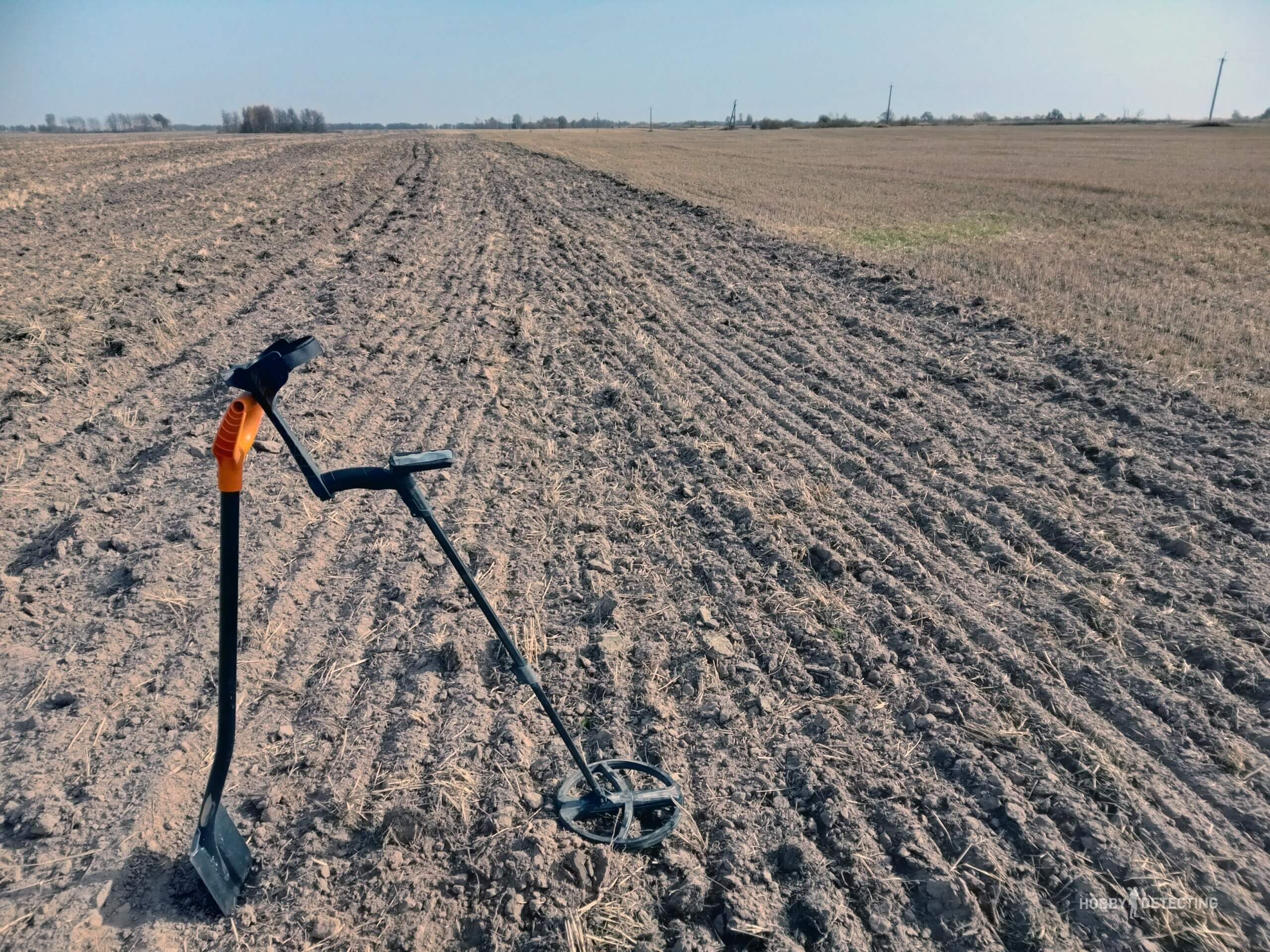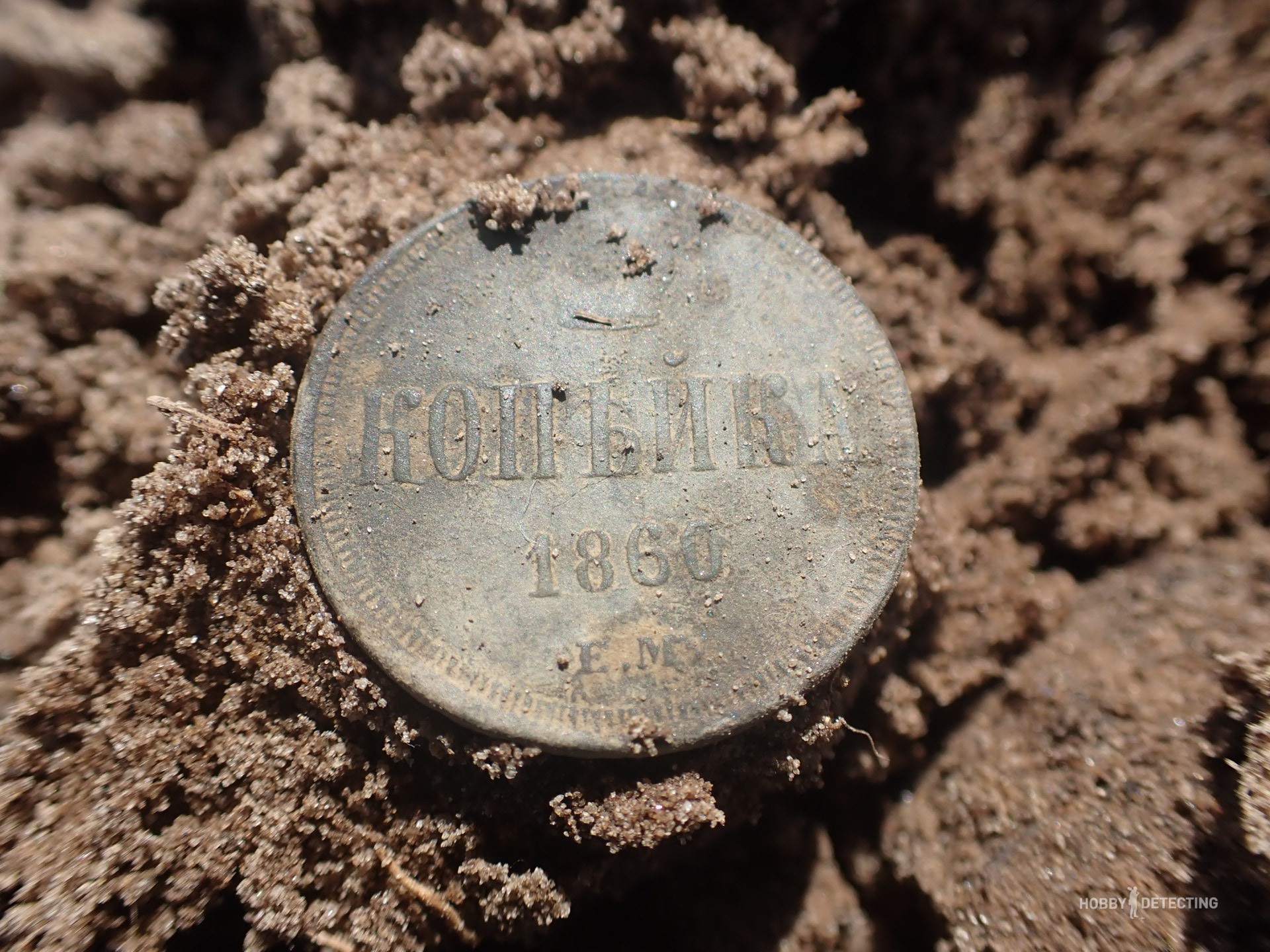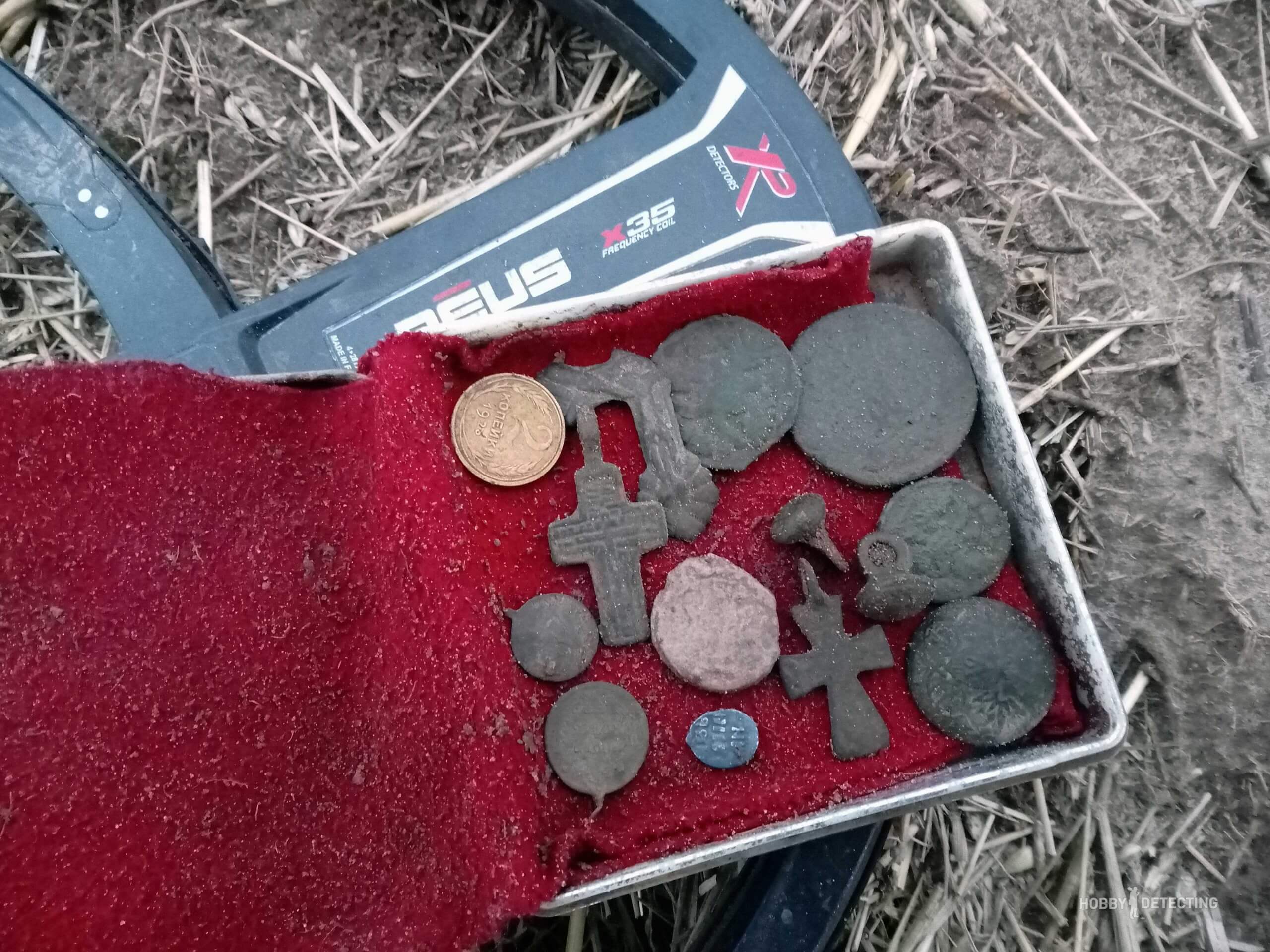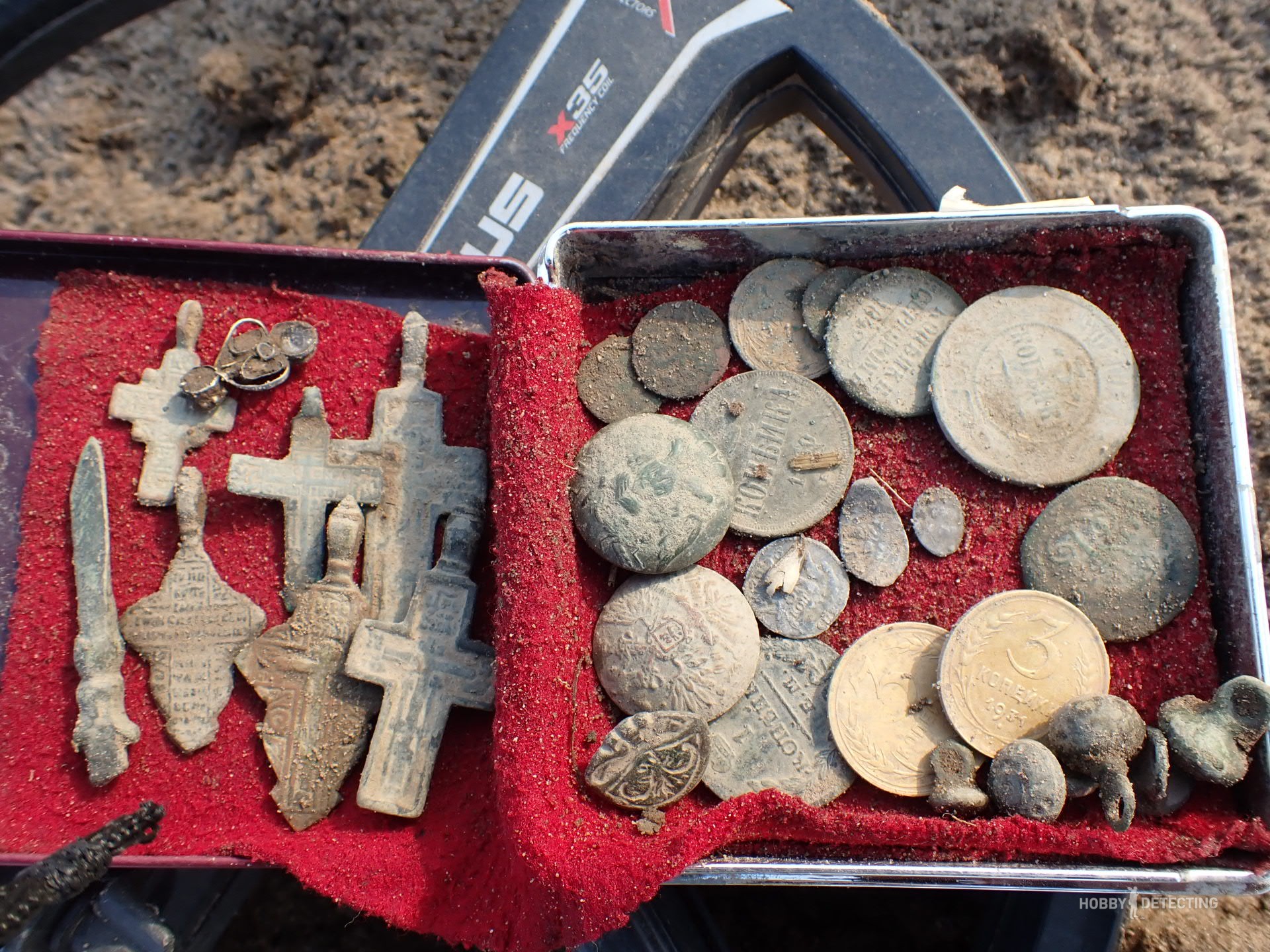The story of how I found the most valuable field for coins and finds
I am not a supporter of all kinds of random events and I don’t really believe in happy providence, luck, or what is commonly called “this is a bad thing.” I love logic, calculation and understanding of what is happening. I try to adhere to all this in my favorite hobby – instrument search. Even in simply combing squares of unknown fields, I adhere to the methodology developed over the years. I’ll tell you about that separately sometime.
Therefore, after I found the most productive field in my coping practice, I tried to systematize and find the logic of that very place. To begin with, I will tell you how it happened.

Last fall, when farmers began to actively plow their fields to prepare them for winter crops, my comrade and I traveled around the area to inspect where we plowed up anything interesting. There were several fields in mind that clearly required special attention. Many kopari were looking at these fields and, just like us, were waiting for them to be plowed. Therefore, when we arrived at one such field, we saw quite the expected picture. The fresh arable land was trampled by strings of footprints from those who managed to be here before us.

The comrade and I walked around, dug up a coin in an hour, no, that’s not what we expected from this place, we got into the car and drove on. We passed two more places, there was still stubble there. What to do? Where to go??? And then, I notice a field right next to the asphalt road. An ordinary, standard field, inconspicuous from the old maps.
I wanted to check this field, and here I need to understand why exactly I wanted it that way? The field was easy to walk. The stubble in the field was disked, so walking there with the device was like walking on the beach. Moreover, the soil is sandy. I'll repeat it again. My comrade and I entered this field absolutely without any logic. We were just driving by, “Let’s check it out???” “Lets do it…”

Well, then what was supposed to happen happened. Comrade went out onto the field and looked at the map and decided to follow the course of the old road, but I went about fifty meters from him. And after ten minutes I had a clear conviction that the field was just fire. No, I didn’t dig for handfuls of coins; I actually found the first coin here about an hour later. However, based on certain signs, I realized that the field was worth attention for longer exploration.

How did it happen? What caught my attention? I answer, this is a large amount of copper waste. Various scraps, small strips of copper nail. And yet, the third or fourth signal dug was half of a copper traveling inkwell. From which I understood that the competitors did not dig this field. As it turned out a little later, the competitors dug this field and knocked out almost everything exactly in that part of it where the ancient road ran along the map.
When, half an hour after entering the field, we crossed paths with the comrade, he was ready to go to the car and drive on. But, I was categorically against it. And here is the proof of why I was against it.

Later in the fall, before the frosts arrived, I came to this field at least ten more times and invariably dug very well for coins and other related items. Then in the spring, as soon as the snow melted, the first thing I did was go back to that field, since the soil there was sandy, it was possible to walk along the field almost immediately. So I dug there until the field was sown with spring crops.

This is the story of my favorite and most scoring field.

